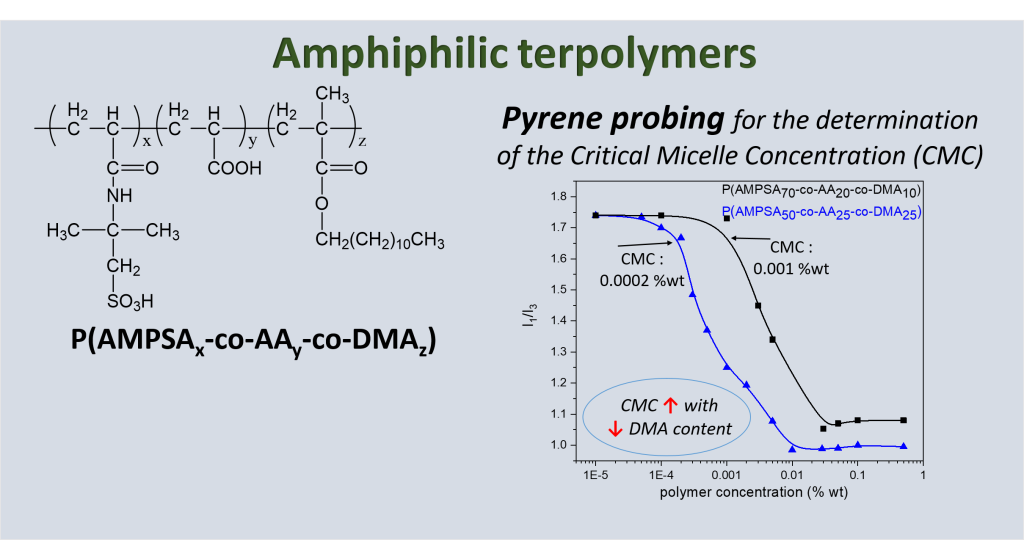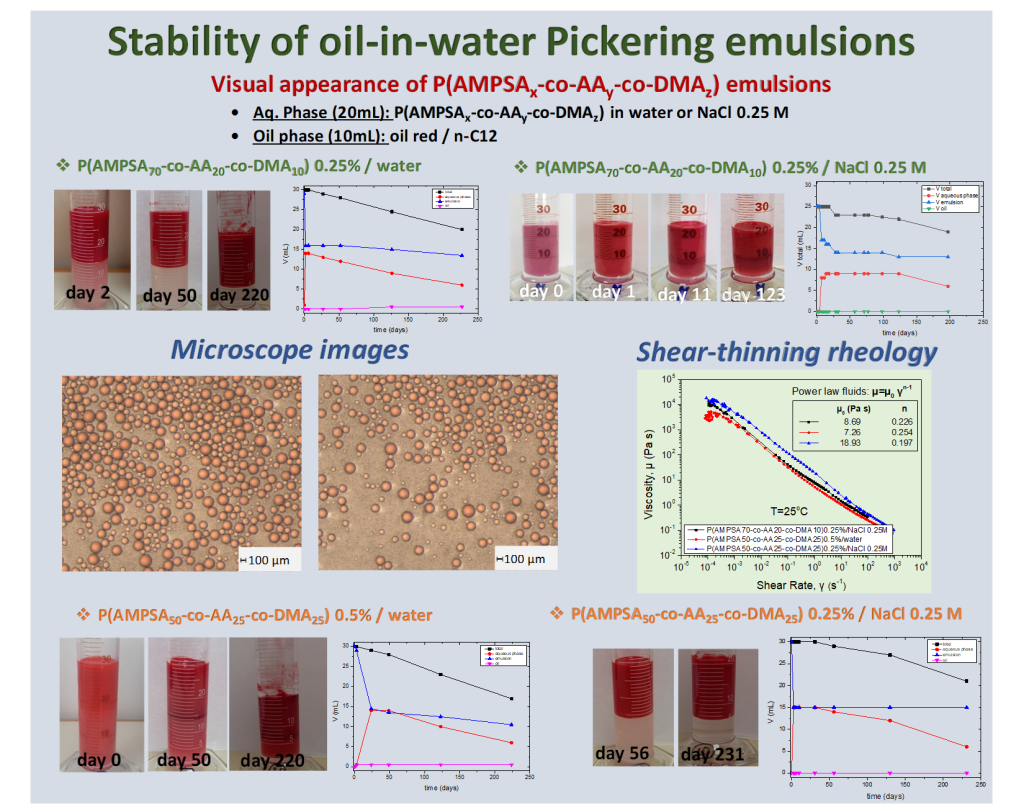Objectives

Development of polymer-coated nanoparticles (PNPs)
by grafting adequately synthesized polymers to the surface of nanoparticles so that their colloidal stability/longevity is optimized. Various types of polymer coatings and PNPs (Comb-type copolymers, diblock copolymers, Post-modification of nanoparticles, plant extracts) will be synthesized by various pre-grafting or post-grafting routes and their stability in the aqueous phase will be assessed.



Development of oil-in water Pickering emulsions and CO2 foams by using the PNPs
as stabilizing agents and testing in-situ methods of emulsification and foaming. The possibility of PNPs to stabilize Pickering O/W emulsions and CO2 foams will be evaluated with the characterization of surface/interfacial and foaming/emulsification properties of different PNPs.

Correlation of the stability & longevity of PNP-based suspensions / emulsions / foams with the composition
(pH, ionic strength, salinity, divalent ion concentration) of the aqueous medium. Testing the stability and longevity of PNP- suspensions /emulsions/foams by varying the composition of the aqueous medium and placing emphasis on adverse conditions of harsh environment (high salinity, high concentration of divalent cations). Theoretical interpretation of the interfacial properties of PNP-based multifluid systems.



Correlation of the PNP properties with their capacity to mobilize oil ganglia
from glass-etched pore networks and sandpacks. Testing the leaching potential and capacity of various PNP-fluids (suspensions, emulsions, foams) to mobilize trapped oil ganglia from glass-etched pore networks and sandpacks, under varying conditions.

Correlation of the PNP properties
(nanoparticle type/ polymer type/ composition of aqueous phase) with the EOR efficiency in reservoir cores. Measuring the efficiency of residual oil recovery by injecting PNP-fluids in well-characterized core plugs of varying permeability.



Numerical modeling of multiphase PNP-nanofluid transport in 3D pore networks
reconstructed from CT-tomographic images of reservoir rocks. All information extracted from experimental work will be exploited to develop/validate true-to-mechanism numerical models of oil displacement by nanofluids in 3-D reconstructed pore networks.

Cost benefit analysis and selection
of the most efficient “smart fluids” for EOR processes. Regardless of their efficient use for enhanced oil recovery from porous rocks, the smart fluids will be classified in terms of EOR-efficiency and cost effectiveness.

